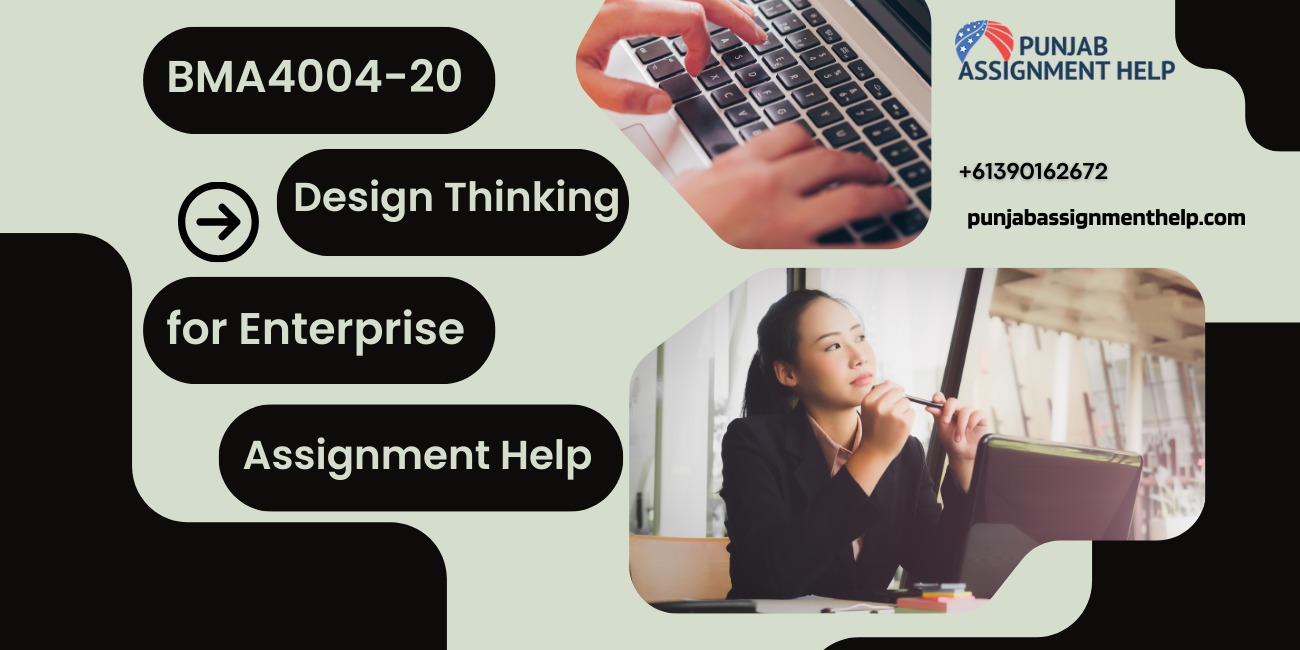
Module code: BMA4004-20
Module title: Design Thinking for Enterprise
Subject field: Business and Management Assignment: A1. An Individual Report Assessment type: Individual Report Weight: 60% of overall grade Level: 4 Word Criteria: 2500 words (+/-10%)
| Submission Deadline: | 30thSeptember 2024 at 23:59 pm |
Assignment 1: Written Assignment (60% of total)
Title:An exploration of a specific and local problem using the 5W&H model.
Choose one of the United Nations (UN) Sustainability Development Goals (SDG) from the following website URL: https://sdgs.un.org/goals. Then select a specific local news story as a focus to develop the first three aspects of Design Thinking (Include elements of empathy, definition, and ideation).
Summary:You will select and describe one SDG and link it to a range of issues that you are interested in, have read about or are aware of. Next you will take a deep dive into the issues surrounding the SDG (at a local level) using the 5W&H model. Then finally and tentatively, explore some potential ideas that would theoretically help reduce the impact of the problem in your capacity as a Design Thinker.
Rationale:Design Thinkers often use the 5W&1H model to explore complex issues in greater detail. This is an opportunity for you to consider an aspect of sustainability in depth and to understand how Design Thinking may help to provide solutions to “wicked” problems.
Section A: Current State Description (50% of Grade)
Section B. Future State Ideation (50% of Grade)
Note:This report is your first iteration only. It may become the focus of assignment 2. Assignment 2 will ask you to develop your initial ideas as part of a team to produce a desirable (human), feasible (technical) and viable (business) “call to action”.
Submission Checklist
ASSESSMENT CRITERIA
| Criteria | Fail (0-39%) Poor quality | D (40-49%) Satisfactory quality | C (50-59%) Sound quality | B (60-69%) Good quality | A (70-85%) Excellent quality | A+ (86-100%) Outstanding quality |
| Choice and Understanding of the issues | The choice and understanding of the issues are poorly justified and not appropriate to answer the brief satisfactorily. | The choice and understanding of the issues are justified sufficiently and is quite appropriate to answer the brief. | The choice and understanding of issues are justified sufficiently well and are appropriate to answer the brief. | The choice and understanding of the issues are fully justified and appropriate to answer the brief clearly. Clear focus on a single issue. | The choice and understanding of the issues are fully justified, empathetic and persuasive. The submission is robust and inspired. | The choice and understanding of the issues are fully justified, empathetic, persuasive, and original. Inspired and original. |
| Development of Discussion | Insufficient attention to the development of discussion. Much is descriptive and argumentation is flawed or biased due to lack of academic research and consideration. | Attention to the development of discussion points is sufficient. | Attention to the development of discussion is useful at times although some further expansion is required for clarity. | Attention to the development of discussion is useful and offers interesting perspectives although some further expansion would add to quality of discussion. Logical use of tools and techniques where necessary. | Attention to the development of discussion is critical and particularly useful, it offers interesting perspectives.The submission is persuasive and expansive. | Attention to the development of critical argument is particularly useful and offers interesting perspectives are discussed critically throughout.Highly persuasive and focused. |
| Research and use of citations and supporting material | Research cited is low quality and insufficient to support arguments/ descriptions presented. | Research cited is of reasonable but mixed quality but is sufficient to support some arguments. | Research cited is of mixed quality but sufficient to support some arguments well. | Research cited is generally of good quality and sufficient to support detailed argumentations. Good quality materials selected. | Research cited is of high quality and supports detailed argumentations and inspires further research. Comprehensive and critical. | Research cited is of high quality and supports detailed argumentations and identifies inspirational and original research strands. Comprehensive. |
| Communication and presentation of issues and ideas. | The document is difficult to read and follow. | The document is readable, and most sections are sufficiently clear to read and follow. | The document is readable and well informed. All sections are sufficiently clear to read and follow. | The document is engaging and informative. All sections are sufficiently clear to read and follow. | The document is engaging, and all sections are clear, interesting, and engaging and offer a useful contribution. Consistently high standards and few obvious errors. | The document is engaging, and all sections are clear, interesting, and engaging and offer a useful contribution to academic. Few or very minor faults detected in approach and or delivery. Faultless. |


Get original papers written according to your instructions and save time for what matters most.